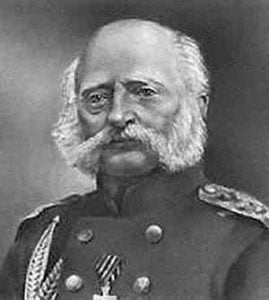Indian Missions of Alaska
Alaska was discovered by the Russians in 1741 and remained a possession of Russia until transferred to the United States in 1867. In 1794 regular missionary work was begun among the Aleut on Kodiak Island by monks of the Greek Catholic (Russian orthodox) church, under the Archimandrite Joassaf, with marked success among the islanders, lint with smaller result among the more warlike tribes of the mainland. Within a few years the savage A lent were transformed to civilized Christians, many of whom were able to read, write, and speak the Russian language. Among the pioneer workers were Fathers Juvenal, murdered … Read more


